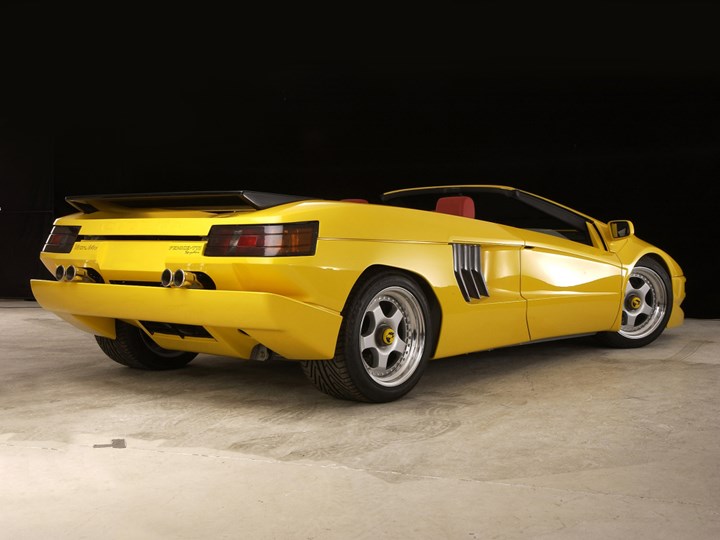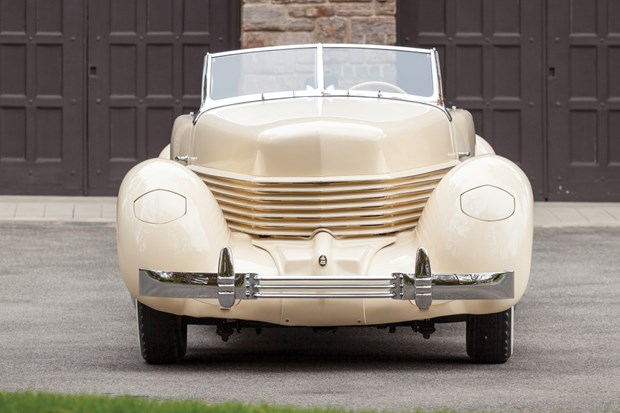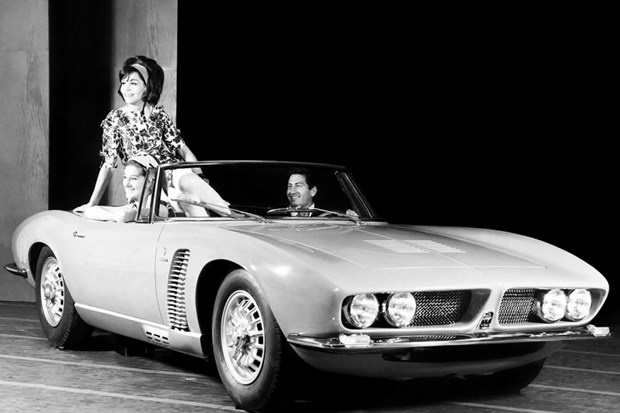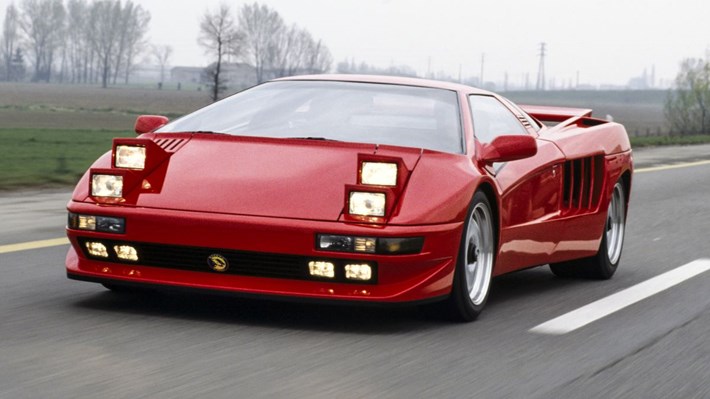
At the outset, all the conditions were in place for the Cizeta Moroder project to succeed. However, what was the ultimate supercar in the early 90s turned out to be a resounding flop.
Based in the United States, Italian Claudio Zampolli works for Lamborghini, where he is responsible for reorganising the brand's distribution network. Fascinated by the Countach, he secretly harboured the idea of developing a sports car based on the Countach's main lines, but with a better design. To do this, he needed a lot of start-up capital, and it was a chance meeting that sealed his fate. At a Lamborghini dealership, he met the famous producer and musician Giorgio Moroder. Moroder was won over by the project and joined forces with Zampolli.
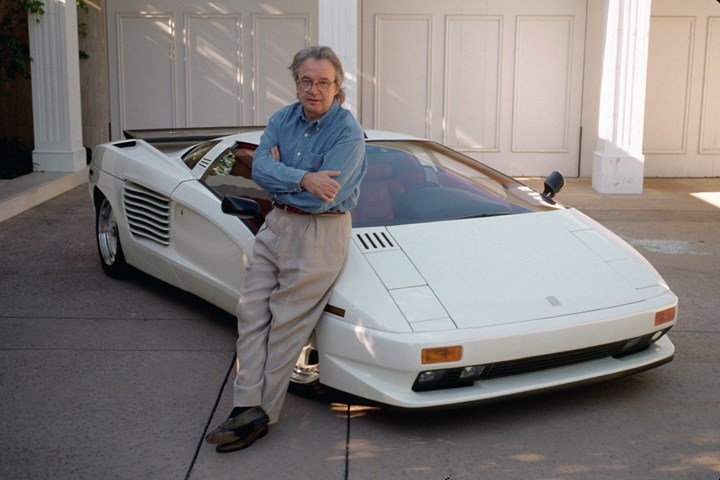
Refined engine
Called Cizeta (the initials of Claudio Zampolli in Italian) Moroder, this car was designed by former Lamborghini employees who were poached for the occasion. Among the transalpine staff is designer Marcello Gandini, who brought his first sketches of the Lamborghini Diablo, a car that was eventually reworked by Chrysler, the brand's owner. Cizeta's line was sealed with numerous comments from Zampolli, who was particularly fussy. He wanted the best and the most exclusive for his car. Rejecting the V12 architecture, he decided that the car's engine should be...a V16! With a displacement of 6 litres, this block with 8 camshafts and 64 valves developed 540 bhp and 544 Nm. This gas factory is powered by a Bosch K-Jetronic dual fuel injection system.
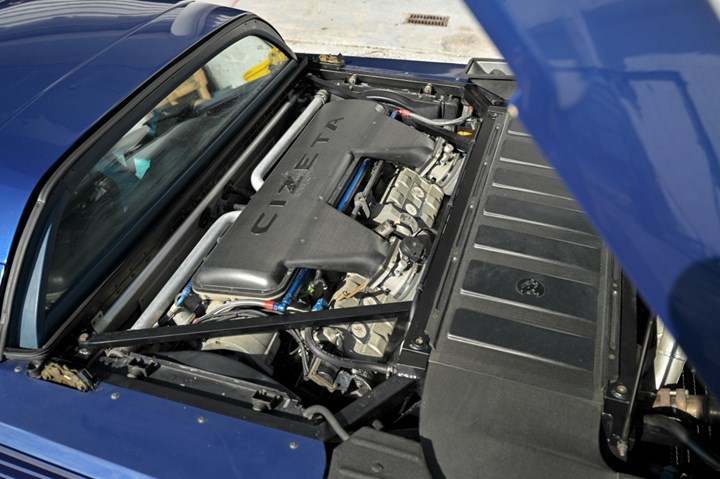
High-flying performance
The Cizeta Moroder V16T has a tubular chassis on which rests an aluminium body that is particularly wide at the rear: 2.05 m! Despite weighing in at a hefty 1,702 kg, the prototype is capable of accelerating from 0 to 100 km/h in 4 seconds, with a top speed of 328 km/h. White in colour, it was presented to Californian high society in Los Angeles in 1988. The following year, the car was exhibited at the Los Angeles and Geneva motor shows, where the first orders were received. Giorgio Moroder was jubilant: he expected to build between 50 and 100 cars a year. However, there was one surprising detail: the Cizeta Moroder was originally designed for the American market, but was not homologated there, which meant that it lost a large part of its potential clientele!
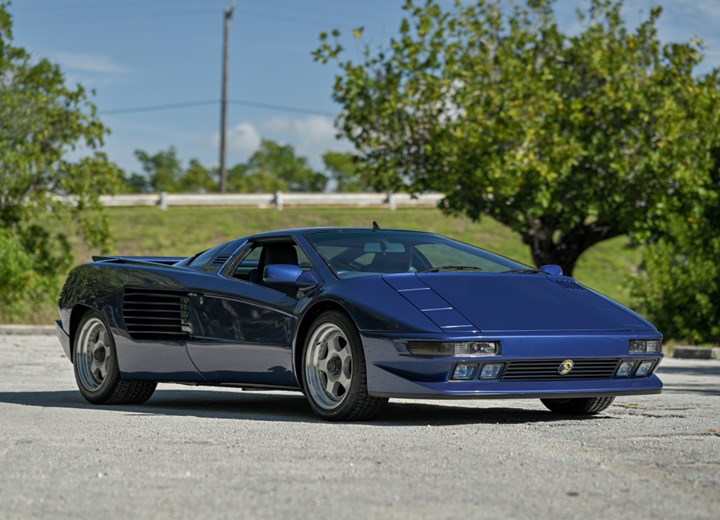
Delay and confusion
Manufactured in Modena, the car was running very late in the production process. Exasperated, Moroder turned to the German tuner Gemballa, known for his work on Porsches, to find solutions. Zampolli took this as a betrayal and the two men fell out. In 1990, Moroder decided to leave the company and took the white prototype with him as compensation. Financially weakened, the company continued to operate, producing just 7 vehicles between 1991 and 1995. Selling at a much higher price than expected, the Cizeta suffered from the economic crisis in Asia, the market where it sold most, and went bankrupt.
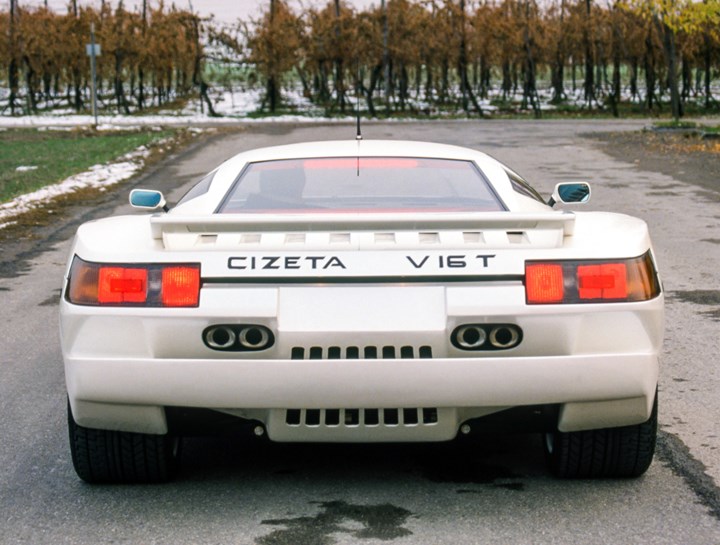
Not discouraged
In 1995, Zampolli had the tools repatriated to California and the company rose from the ashes. Only two more vehicles were produced, in 1999 and 2003. Unfortunately, the businessman suffered a series of setbacks (personal bankruptcy, lawsuits, etc.) and the adventure went no further. Despite the fact that it was still available to order until 2018, the Cizeta found no buyers. Zampolli died in 2021, and the following year Moroder auctioned off his white prototype, which changed hands for the tidy sum of $1.36 million.
